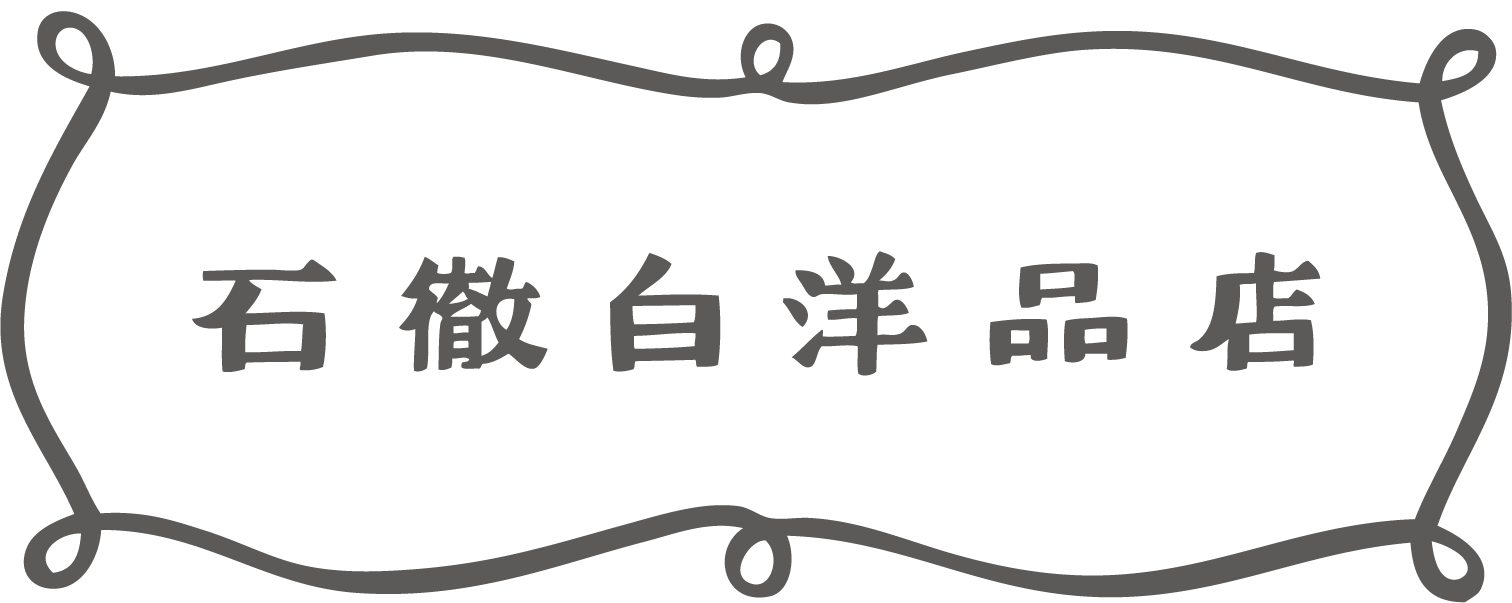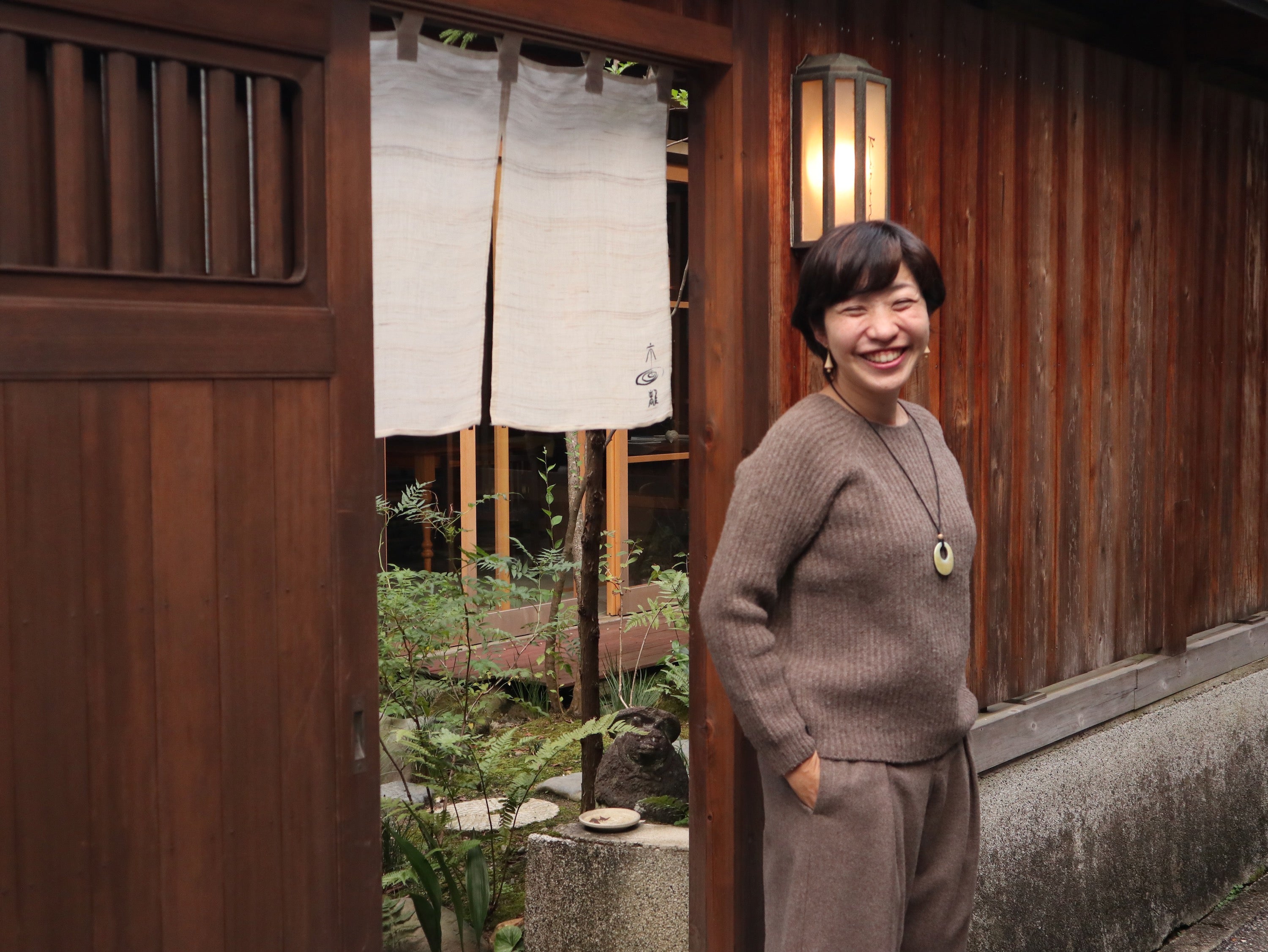Our Indigo Dyeing (2)
Following on from my last post, “ Our Indigo Dyeing (1) ,” today I would like to continue writing and write about making sukumo, which is essential for indigo dyeing.
Sukumo is the most important material for indigo dyeing. Sukumo production starts around October after the harvest (it is also okay to start in the beginning of the following spring).
The process of making sukumo
The harvested leaves (ideally about 100 kg) are piled up like a mountain, watered, and then cut back.

It's hard to cut back the leaves, as they are half the height of my height. My whole body smells of indigo leaves as I cut them back desperately. In the first month of cutting back, when I put my hands into the pile of leaves, they are hot, not just piping hot, and I am always amazed at how powerful the energy of plants is.
Little by little, fermentation progresses due to the energy of the indigo leaves themselves, and the temperature rises to about 60 degrees. To maintain that temperature, straw mats are placed on the piles of leaves, and sometimes blankets are placed over them, to keep the fermentation going. People say they keep them warm so they don't catch cold, but I think indigo really needs love.
The pile of crunchy indigo leaves gradually shrinks and turns into soil, like compost. After about 100 days of this, the leaves are watered and turned over while watching the progress, and the sukumo is complete.
With each cut, my body becomes covered in the smell of fermented indigo, but the weight gradually decreases and it becomes easier to carry. The weight doesn't change, it feels like it's actually increasing...
Fermentation for one year
It's amazing how the finished sukumo looks completely different from when we first started preparing it.
Once completed, they are left as is over the winter, and when the snow melts, they are dried in the sun on a sunny day. They are then stored in straw mat bags and left to rest for another year to completely remove all moisture. In other words, they can be stored in jars after one year.
The leaves are cultivated, simmered, and left to sit for a year, so they can be prepared for indigo dyeing two years after the cultivation year. This is a completely different dyeing method from plant dyeing, where the leaves are picked and boiled on the spot to dye them.
--
Recommended indigo-dyed clothes for autumn
https://itoshiro.org/collections/Autumn clothing series



